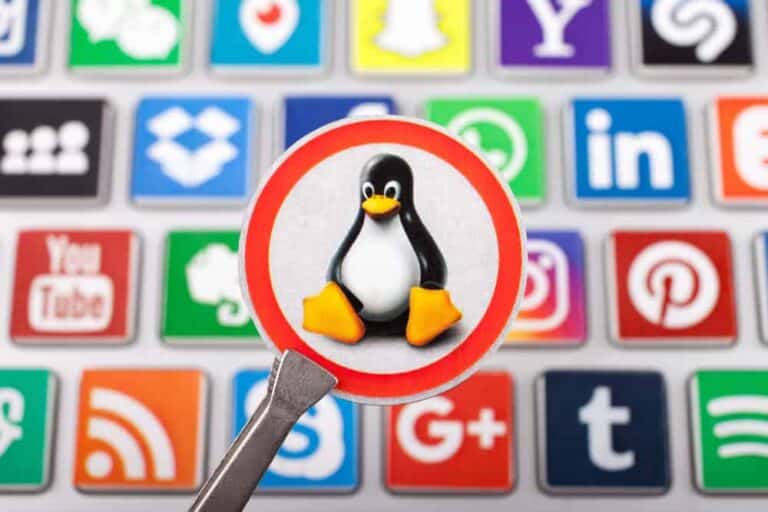Linux turned 33 years old yesterday. On August 25, 1991, Finnish Linus Torvalds, then a 21-year-old computer science student, announced on the comp.os.minix newsgroup that he had created a free, open-source operating system. He was tired of the stringent licensing practices that applied to MINIX, a Unix-like system used in schools and universities.
He aimed to provide a free, Unix-compatible alternative. Users could utilise this to run on personal computers instead of the expensive MINIX workstations. Now legendary for its historical irony, he indicated at the time that it was ‘Just a hobby, won’t be big and professional’.
Ultimately, the release of the OS gave a whole new direction to Torvalds’ life path and a new twist to the course of IT history.
Out-of-control hobby
Although he himself (seemingly) thought it would remain just a hobby project and would never be used for anything other than 386 machines (and perhaps 486 devices), Linux is today deployed in many more places than the general public is aware of. Servers, cloud infrastructures, smartphones, smart TVs, car systems: Linux is the unseen driving force behind many systems—or rather, one of the many distributions of the OS.
You see, the hallmark of Linux is that there is no one Linux. The kernel, the very high-level core of the OS that manages things like hardware, processes and memory, is distributed under the GPLv2 license. This means that others can copy, enhance and distribute Linux and its derivatives. The OS comes in all shapes, sizes and flavors, many of which are derivatives of one another.
Some are now world-famous among IT professionals, such as Red Hat Enterprise Linux or Ubuntu. Others are obscure or of interest only to a niche target group. Consider, for example, Batocera, which is optimised for retro video game emulation. Other well-known distributions (‘distros’) include Linux Mint, Debian, CentOS, Arch Linux, OpenSUSE, and Kali.
Software license GPLv2 let Linux fly
The first version of the Linux kernel still came out under a license that restricted commercial activity. But Torvalds released Linux 0.99 in 1992 under the GPLv2 software license. That license also became available in 1991. Torvald’s himself, paraphrased: “It soon became clear that my original copyright was so restrictive that it prohibited some valid applications… And although I was nervous about the GPL at first, I also wanted to show my appreciation for the GCC C compiler on which Linux depended, which was of course GPL’d.”
The Linux kernel is now everywhere. Android is based on Linux, though this is an atypical distro with its own user-space libraries, runtime environment, and application framework. Linux runs on supercomputers, public clouds, movie studio render farms, and even the smallest Raspberry Pi single-board computers and Chromebooks. In 2021, Linux even managed something no human has yet managed: reach the planet Mars.
Also read: Sedexp malware hides unseen in Linux kernel for years
